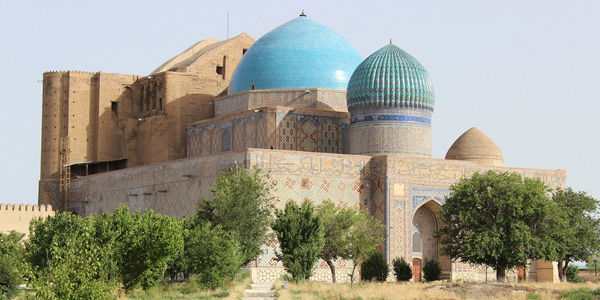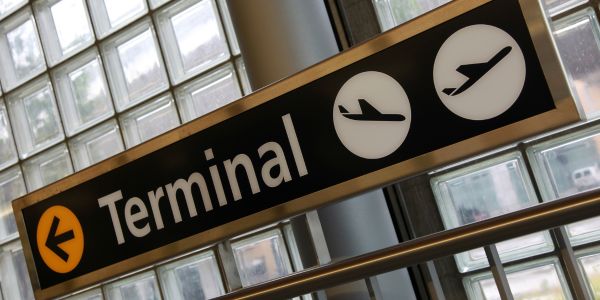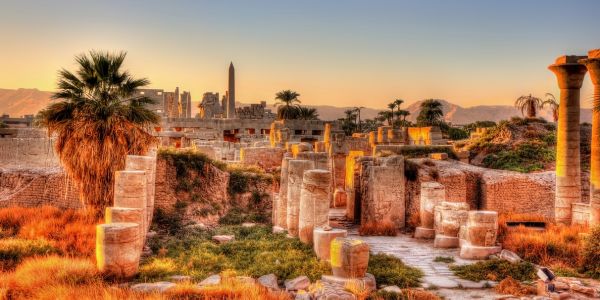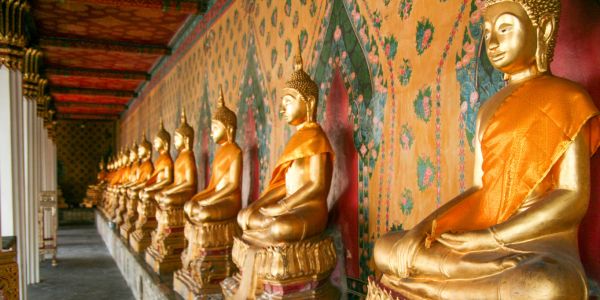Articles
How Turkestan is vying to become the next top tourist destination
It was a pivotal moment for Turkestan when on December 1, the first direct flight from Nur-Sultan, Kazakhstan’s capital flew into its newly opened airport.
Turkestan, once part of the Silk Road, is Eurasia’s most historical places with an archaeological record dating back to the 4th century. According to some historical records, Turkic peoples, an ethnic group with a global population of approximately 160 million, originated from Turkestan.
The city serves as a spiritual hub, attracting pilgrims from across the region heading to the mausoleum of Khoja Ahmed Yassawi, the Sufi Sheikh of Turkestan, who lived here during the 11th century. He is credited with transforming the city into a centre of spirituality and Islamic philosophy. The 15th-century UNESCO listed mausoleum is considered a masterpiece of medieval architecture.
Yet despite these attributes, the only visitors have been pilgrims and visitors from neighbouring Uzbekistan. Indeed, this city of 176,000 residents has welcomed few foreign visitors over the years.
But in 2018 this began to change. Turkestan became the regional centre of the newly renamed Turkestan Region in Kazakhstan. More than $1 billion has been invested to develop the city’s infrastructure and transform it into the spiritual and cultural centre of Kazakhstan, and subsequently into a thriving tourist destination.
The landscape is replete with construction sites and the jungle of cranes in all directions. New shiny buildings have been erected like the Rixos hotel, the International University of Tourism, a Visitor Centre and numerous museums.
The historical mausoleum stood in high contrast to the new developments. The English-speaking guide explains that the construction of the mausoleum was ordered by Timur (Tamerlane), the ruler of Central Asia.
However, following his death, the construction halted in 1405, and the mausoleum was never completed. Nevertheless, the building offers a significant insight into the history of Central Asia. According to UNESCO, it contributed to the development of Islamic religious architecture and is closely associated with the introduction and spread of Sufi Islam in the region, which is why it is greatly revered by the thousands of pilgrims who visit it every year.
The province in Turkestan has ancient settlements such as Otyrar and Sauran, national parks, as well as other mausoleums and historical sites.
The local authorities plan to balance the new infrastructural development, while at the same time ensuring that the city retains its historical roots and essence.







